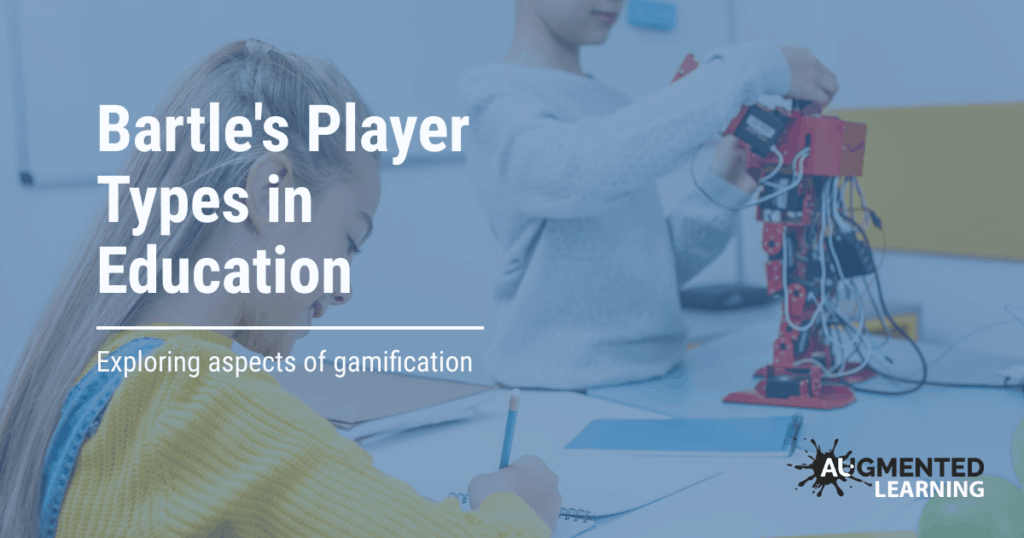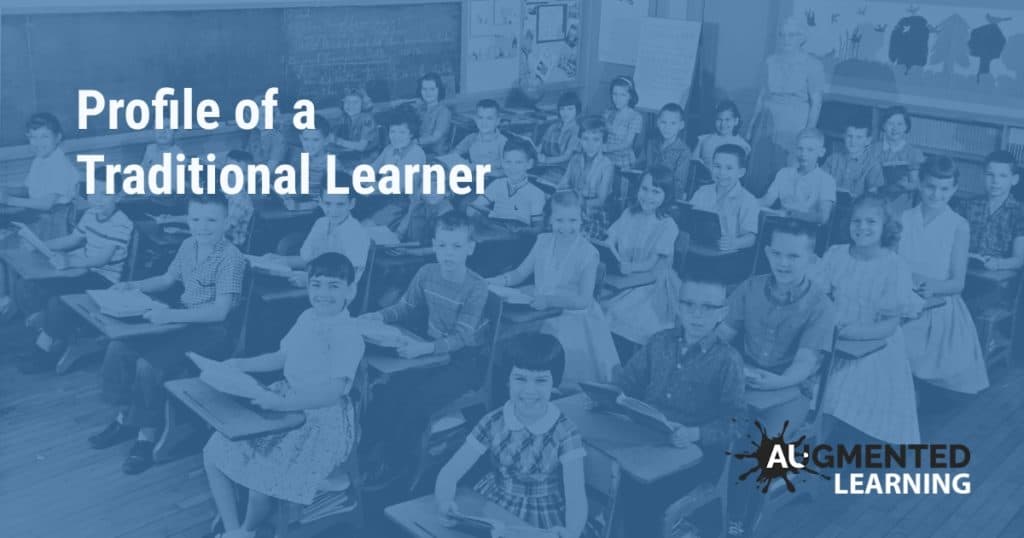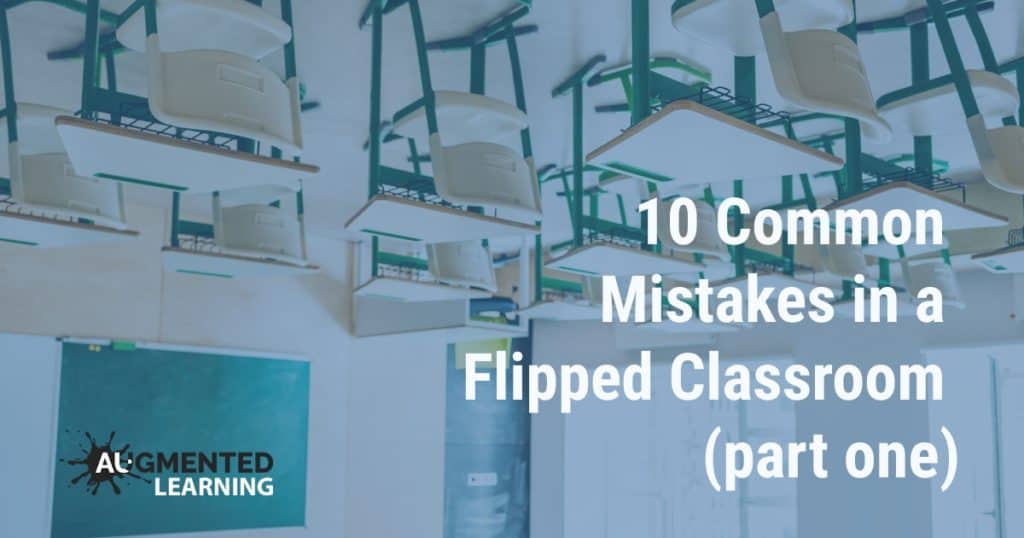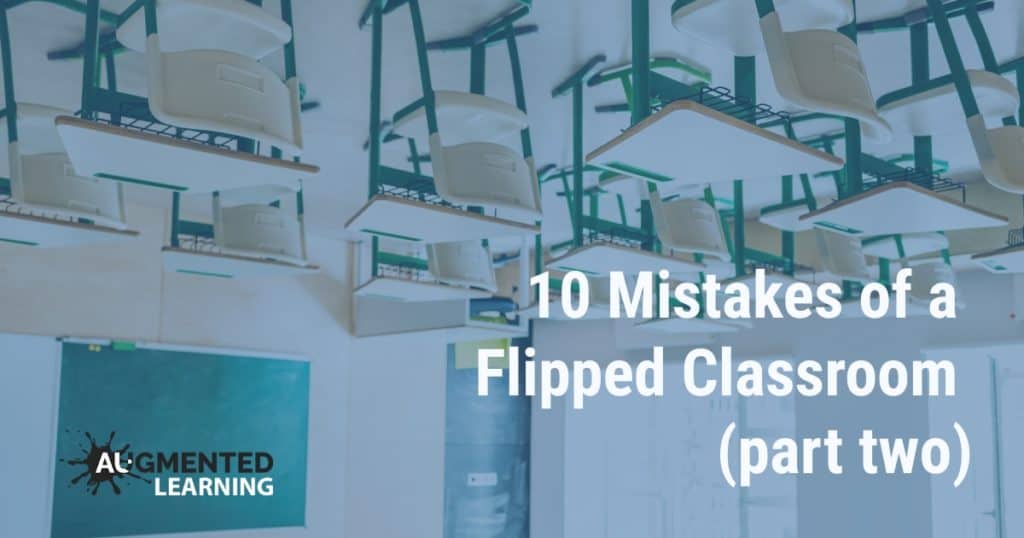Bartle’s Player Types in Education

Bartle's Player Type Model
Game design shares a number of similarities with learning design. Bartle’s Player Type Model (1996) has strongly influenced how games have been developed. Video games are played for a number of different reasons, so game designers need to ensure they cater for a variety of player types. Bartle (a professor who specialises in artificial intelligence and virtual worlds) went about explaining how players interact differently when participating in multiplayer environments. He classified four types of players:
- Achievers: Those who build up their in-game status
- Explorers: Those who gather artefacts and look around
- Socialisers: Those who build friendships
- Killers: Those who act on, or against, other game players
Howard Gardner's Multiple Intelligence Theory
Most educators will see the similarities to Howard Gardner’s Multiple Intelligence Theory (1983) where he suggested that all people have different kinds of “intelligences”. In order to capture the full range of abilities and talents that people possess, he theorizes that people do not have just an intellectual capacity, but have many kinds of intelligence, including musical, interpersonal, spatial-visual, and linguistic intelligences.
When we consider educational implications, Gardner’s theory highlights the need for teachers to understand a student’s strengths and weaknesses which can then be leveraged during lesson planning, course development and assessment tasks. When we focus on developing student strengths through our learning instruction, we can trigger confidence to build areas in which students may not be as strong. These learning preferences can be addressed when instruction includes a range of meaningful and appropriate methods, activities, and assessments.

Implementing in the classroom
Is it realistic to understand and identify a range of “intelligences” and cater to these in a highly differentiated learning environment? I doubt it. So what is the alternative? I suggest that for starters, we focus on building strong and meaningful relationships with our students. As these relationships develop, our awareness of how that student generally interacts with our learning environment grows. From here, we can explore where our students sit on Bartle’s Player Type Model, allowing us to design and implement learning tasks that appeal to different player types.
“Achievers” are our high level “Excellence” type students. They want to finish on top and we should be providing opportunities for them to demonstrate mastery in the classroom, rewarding them with leaderboard style game mechanics, and facilitating a tuakana teina (mentoring) approach.
“Explorers” are our curious learners who love the learning journey and enjoy going off on tangents. Can you provide some 80/20 time or a passion project type approach? Encourage students to define their own learning journey, or provide opportunities for a thematic or integrated approach.
“Socialisers” are here to have fun! They work well in small group situations and love engaging with others. We can prioritise cooperative learning tasks, active pedagogy and a range of play based activities to facilitate the building of interpersonal skills to support these learners.
“Killers” challenge the status quo and are driven by critical thought, not prepared to take anything at face value. These are the hardest learners to cater for as they need to be challenged and love to question you as a teacher. If you can provide this type of learner with an opportunity to step outside of the “traditional” educational learning environment, they will often thrive. Much like explorers, a passion project or thematic approach will have this type of learner excited and engaged.
By considering why our students enjoy video games (where they are currently engaged at tremendous levels), we can successfully leverage these mechanics and concepts in the classroom to bring about not only more engagement in the learning environments we are trying to create, but increased student motivation as well.
Bartle, R. (1996). Hearts, clubs, diamonds, spades: Players who suit MUDs. Retrieved October 13, 2019, from http://mud.co.uk/richard/hcds.htm.
Gardner, H. (1983). Frames of mind. New York: Basic Books.







Responses